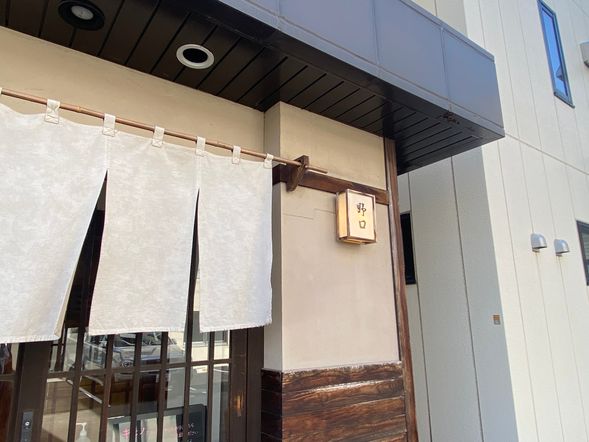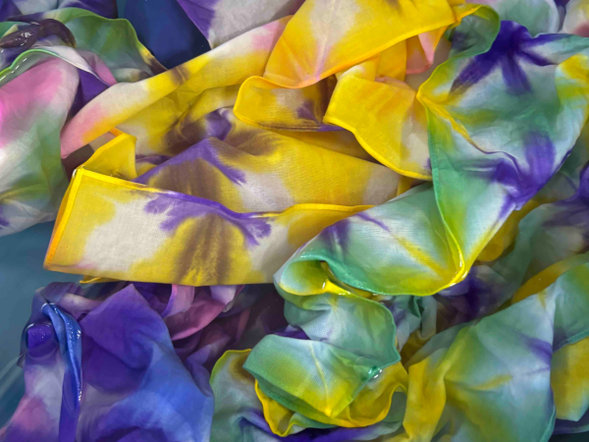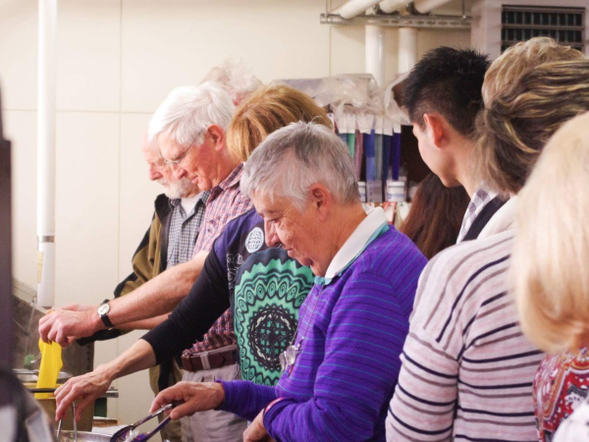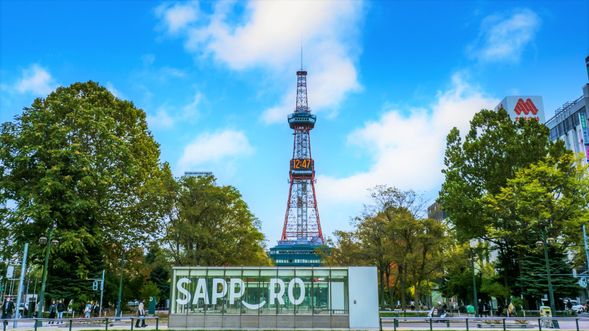Feel more familiar with Japanese culture & kimono and make your one and only original dyed works in the world!
Options
Handkerchief (furoshiki small, approx. 45 cm)
Furoshiki (medium size, approx. 75 cm)
Stole (100% cotton, approx. 50 cm x 180 cm)
Walking Tour +Handkerchief Dye Experience
Walking Tour +Furoshiki Dye Experience
Walking Tour +Stole Dye Experience
The Highlight
〇Enjoy a casual, one-hour experience and take home your finished masterpiece as a special souvenir of Hokkaido !
〇The finished masterpiece will give shape to your memories and impressions of this trip to Japan !
〇In-depth Japan trip with immersive experience of traditional Japanese handicrafts techniques !
The Experience
If you want to get a glimpse of the authentic Japanese culture, the dyeing techniques inherited from ancient times will tell you the answer and take you on a journey beyond time to discover the real Japanese lifestyle.
- Background
In Japan, the Jomon period is considered to be the beginning of the dye culture. Dyeing methods at that time were primitive, and it is said that flowers, tree bark, and soil were rubbed directly onto the fabric to dye it. Thereafter, during the Edo period, people's lives became richer and culture flourished.Dye culture, colors, patterns, and materials are used as symbols of status. In addition, the culture of dyeing goods is more than a status symbol, it permeated the daily lives of the common people, such as the Obi and fan, and was applied to daily wear.
*Dye culture epitomizes Japanese culture and the Japanese lifestyle. Through Dye culture, you can learn about Japan's ever-changing history, culture, and Japanese's ever-changing lifestyles.
- Introduction of Experience Program
○Handkerchief (small furoshiki, approx. 45 cm) ○Furoshiki (medium size, approx. 75 cm) ○Stole (100% cotton, approx. 50 cm x 180 cm)
*Furoshiki is a traditional Japanese square wrapping cloth used for wrapping and carrying items. It's a versatile alternative to paper or plastic bags, and can also be used for gift wrapping. The name "furoshiki" literally means "bath cloth," as it was originally used in public baths to wrap and carry clothes.
*Those courses will use chemical dyes. Chemical dyes are chemically synthesized dyes, which are artificially created to reproduce colors with high reproducibility and stability, and can express vivid colors.
- Information about tour Place of departure and destination: Sapporo,Hokkaido means of transportation: BUS(For Walking Tour Plan) /Meet on site for Activity Plan Duration: 1.5hr~2hr Minimum number of passengers to operate:2
Guide Services
Languages Spoken by Guides
- English
- Japanese
- Mandarin Chinese
Languages Spoken by Guide On-site
- English
- Japanese
Itinerary
- *Meet on site* // Noguchi Senpo Morning plan 10:50 (JST) Afternoon plan 13:50 (JST)
- Start of Dyeing experience Morning Plan 11:00(JST) Afternoon Plan 14:00(JST)
- *Dyeing Experience duration : 1.5hr~2hr*
- End of experience,dismiss on site
- -------------------------------------------- Walking Tour +Dye Experience --------------------------------------------
- 09:00Meet with the staff at Myomu in the Sapporo Station
- Former Hokkaido Government Office (Akarenga)
- Walk via Odori Koen Park A place of relaxation for the tourists and Sapporo citizens.
- Sapporo TV Tower We will enter the observation deck which stands at 90.38 meters above ground and offers splendid views over the city. (The entrance fee is included)
- Sapporo Clock Tower (Self-guided tour)
- Disperse at Tokeidaimae Kita 2 Jonishi 1 Bus Stop
- 11:00Arrive at the experience site // Noguchi Senpo
- Process of Dye experience as above
Price Details
How to Use
- Voucher will be sent via email. Please show your e-voucher at the designated location.
Purchase Notice
Wear clothes that are easy to move around in: Some dyeing processes may require you to squat for a long time. Wearing clothes that are easy to move around in is recommended.
Be mindful of your surroundings: If other participants are present, be careful not to give up space or skip dye.
Keep your workbench clean: Try to keep the area you use clean for the next person who uses it.
Cancellation Policy
- Cancellation made at least 11 day(s) before departure date, Fully refundable (100% refund)
- Cancel during 8 ~ 10 day(s) of departure, will charge 30%
- Cancel during 2 ~ 7 day(s) of departure, will charge 40%
- Cancel during 0 ~ 1 day(s) of departure, Non-refundable (0% refund)













